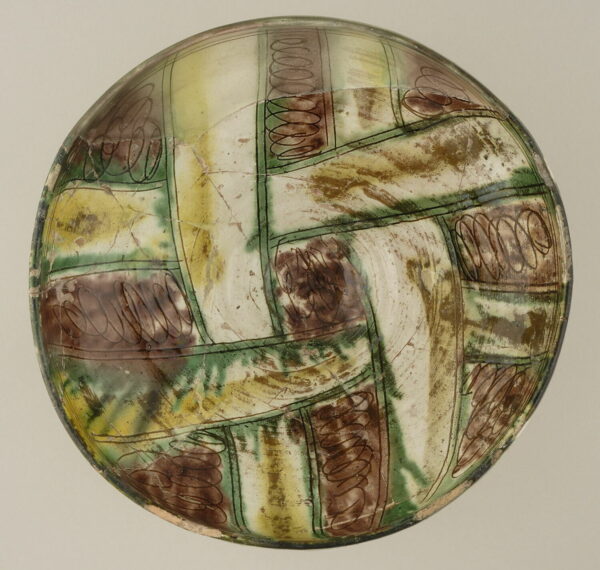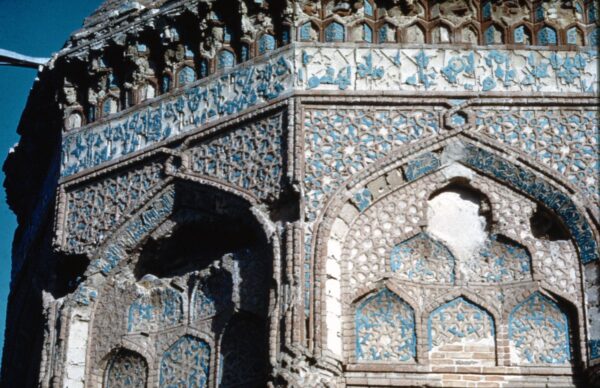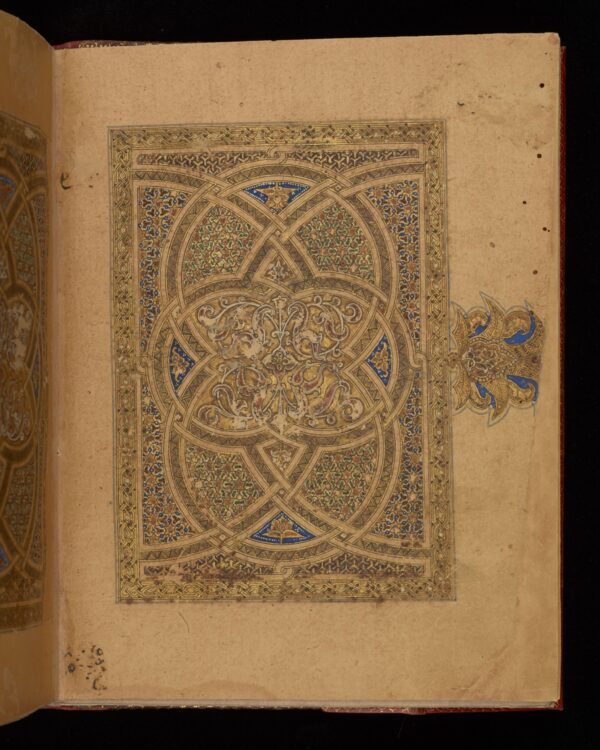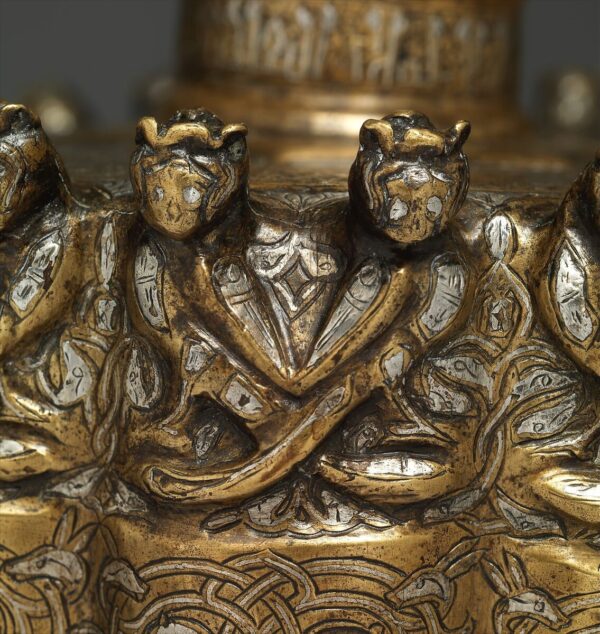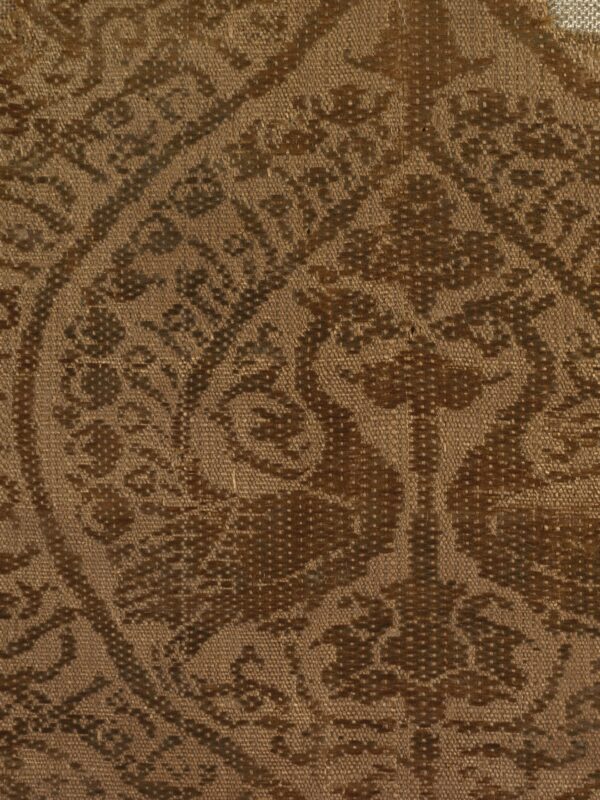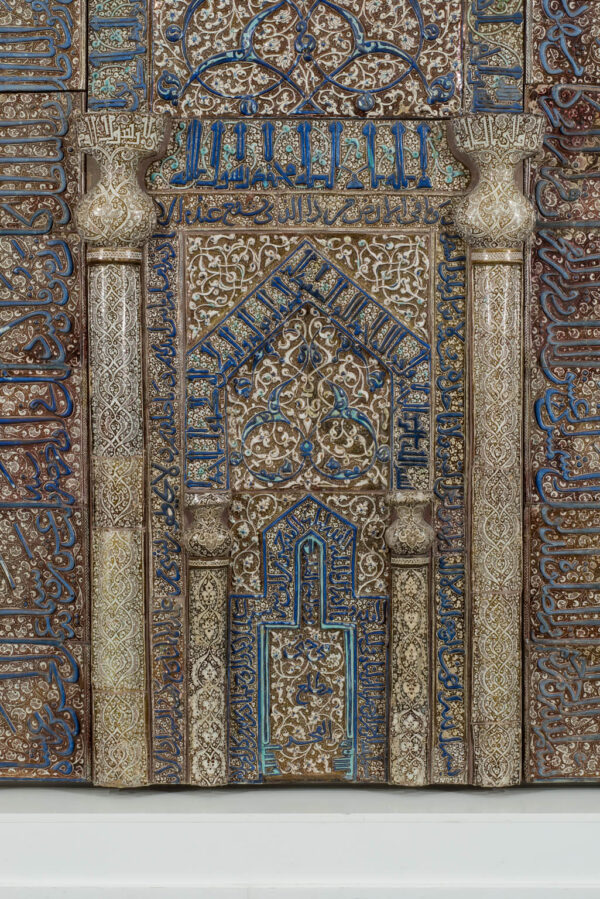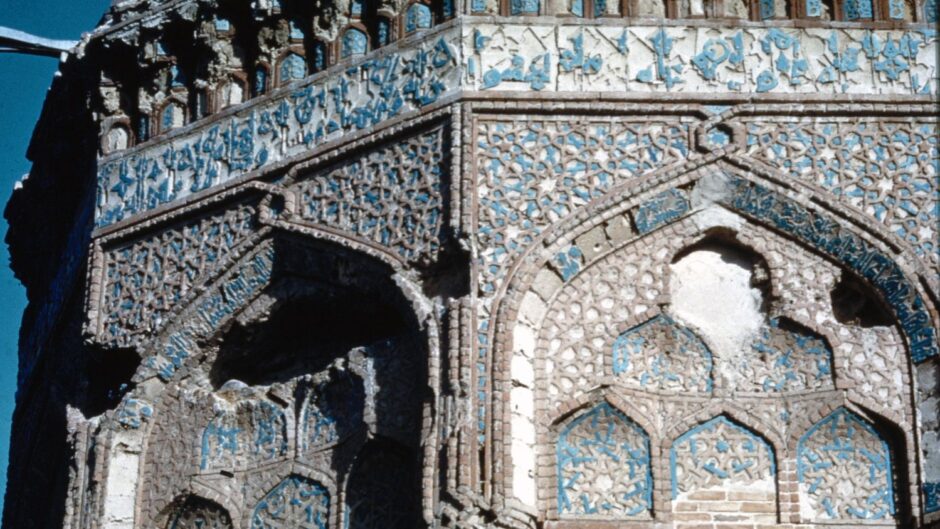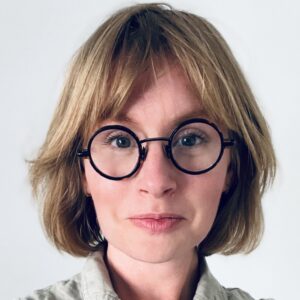In the panoply of artistic and intellectual disciplines that thrived in medieval Iraq and Iran, knowledge was handed down from teacher to student and from master to apprentice. Yet no matter one’s trade or standing, number sense and a thorough handle on mathematics were near universal skills, in sharp contrast with today. Caliphs mastered geometry, geometers surpassed the classical treatises they preserved, poets composed in mathematically precise metre, and mathematicians wrote in verse. Beyond courtly intellectual circles, masons calculated facades for the most expeditious use of materials, weavers encoded fanciful designs balanced for structural integrity, calligraphers cut their pens to angles calibrated to precise ratios of curves, and sculptors and carvers achieved meticulous symmetries and dazzling complexity with the simplest of tools. This module considers how the controlled lineages of craft and intellectual traditions came into conversation with one another through a widespread mathematical literacy.
Exploring the intersection of mathematics and art in medieval Islamic artistic tradition – from the craftsperson’s workshop to the courtly diwan – students will situate the efflorescence of medieval Islamic cultural output in trends that linked maker, patron, and populace. How could the poet al-Suli set a chess-like challenge that went unsolved for a millennium? How did bricklayers plan out interlacing vaults with precisely the number of bricks available to them? Why were weavers rethinking their patterning systems? And what inspired new architectural forms like the muqarnas, or new decorative modes like girih designs?
Course material will span the reigns of the Abbasid (750-1258), Buyid (934-1062), and Seljuk (1037-1194) dynasties, and students will study key artworks in a range of media, from Ibn al-Bawwab’s Quran and inlaid metalwork to complex woven silks and iconic monuments of the period, like the Great Mosque of Isfahan or the Gunbad-i Qabud. Course participants will learn to recognize the underlying methods and principles that made use of mathematical knowledge using formal and technical analyses. Together, they will develop methods of visualising structures and techniques with a view to documenting the evolution of technologies in a collaborative database. A combination of seminars, textual analyses, object examinations, and interactive workshops centred on London collections such as the V&A and British Museum and trips to collections and/or research centres in France, will allow students to ground the arts of medieval Iraq and Iran in relevant intellectual and cultural trends.
Students with an interest in craft history, material culture, and the history of science are encouraged. Previous coursework in Islamic art history, a reading knowledge of Arabic or Persian, or familiarity with digital drafting methods is welcomed but not required.
In the event that a course leader is on sabbatical, takes up a fellowship, or otherwise is not able to teach the course, they will be replaced by another experienced course leader either for a semester or, in some cases, the academic year.
Please note: whilst many Special Options will include site visits within the UK and further afield, these are subject to confirmation
Course Leader
